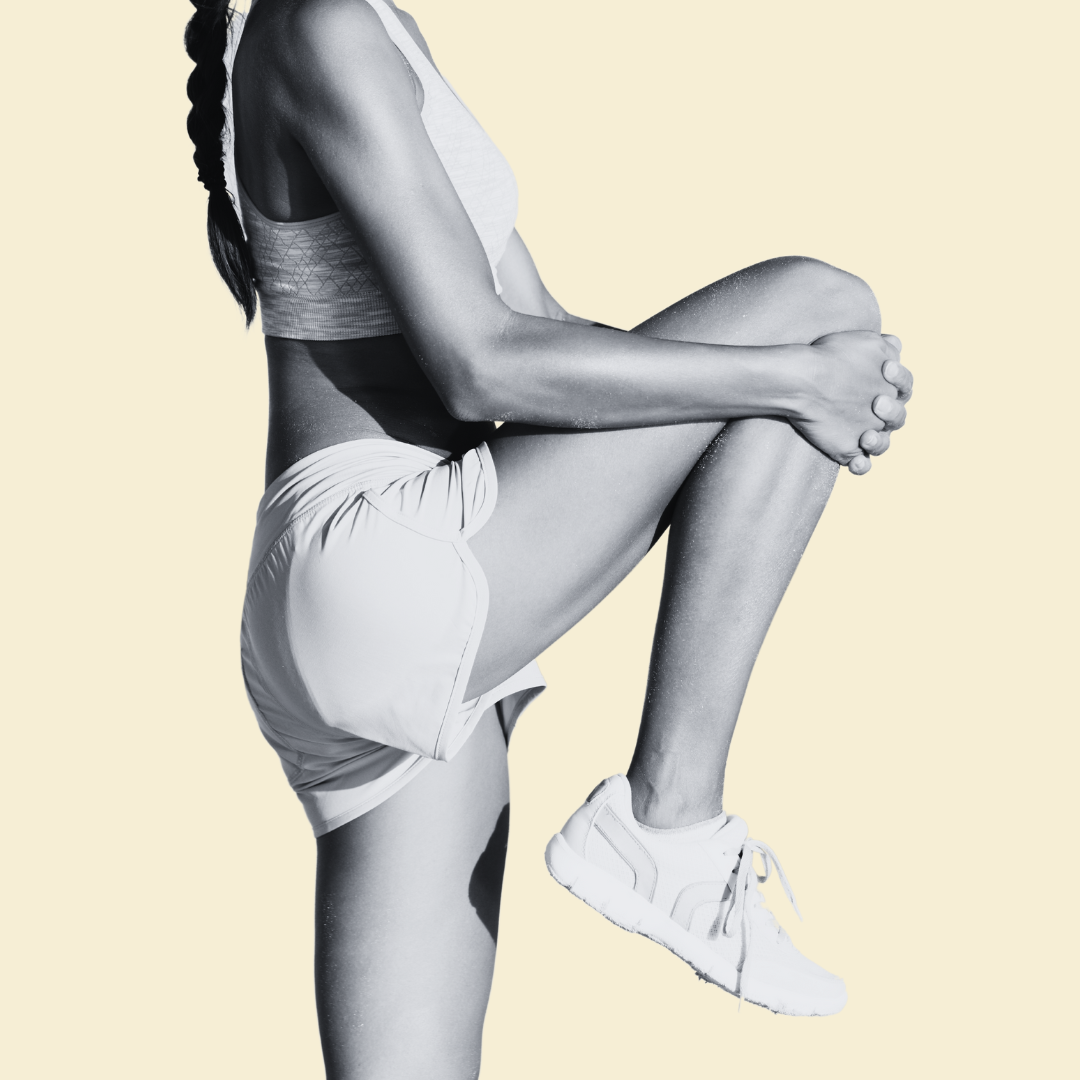Do I have to stop training with an injury?
“Should I be training with an injury?”
“Am I allowed to train with pain?”
“Are there exercises I can’t do because of my injury?”
“Should movement be pain free?”
“How much is too much?”
These are all questions we get asked often as physiotherapists & chiropractors by patients trying to return to sport, gym and recreational activities that they love after an injury.
Your body feeling 100% all the time is very unlikely. Especially if you are an athlete, someone who trains in the gym or someone who enjoys recreational activities frequently. It’s only natural for you to go through niggles as your body adapts to the load you are doing or experience an unforeseen injury.
So when this happens should you stop? The short answer is no but there is a checklist which I will go through below:
Ensure the pain is manageable when you are exercising.
Everyone has different pain tolerances, so this will differ from person to person
A guide you can use is not training beyond a 4/10 pain
The pain is not exacerbated after activity.
This can be straight after activity or the next couple days.
Pain should not be higher than what you started with straight after or a couple days after.
The other thing to note is the quality of pain. In other words, how you would describe the pain. Is it sharp, dull, stretching? etc.
As said previously, use pain as a guide:
Let’s talk about sharp pain.
You’re squatting and feel a sharp pain in your back. You feel like it’s sitting at a 3/10 pain, its not affecting your form and you can still complete your sets and reps without the pain increasing. This is a green light to keep going and to keep monitoring the quality & intensity of pain.
Now let’s do a different example.
You’re squatting and feel a sharp pain in the back. It feels like a 4 right now but as you go into your second set, the pain increases to a 7. You also notice your form has been affected. In this situation, it would be best to stop squats for that session and move to an exercise that is not exacerbating the back pain. Whether it be moving to fixed machines or exercising a different body part entirely.
Similarly with dull, stretching and stiffness sensations, monitor its intensity and quality of pain & discomfort. These three sensations can come from a lack of warming up or lack of mobility work. So spend more time warming up movements that are specific to what activity you are doing, alongside any rehabilitation exercises your allied health professional may have given you.
One last thing to mention is delayed onset muscle soreness (DOMs). This is the pain in your muscles after a workout. This can be quite uncomfortable and can come on after a big session in the gym, trying out a new movement or increasing the amount you are used to. This pain can feel greater than a 4/10 but it is not harmful. You can still do the activities you want to, you may just need to adjust the intensity as it settles down (usually 24-72 hours).
If you are finding that your DOMs are lasting longer, regular remedial massage therapy can be a great form of recovery for your body as you train and adapt to the new load.
Jess Mañez
Physiotherapist

